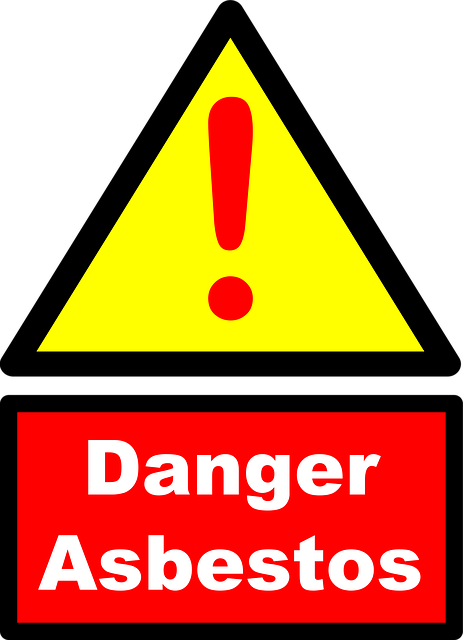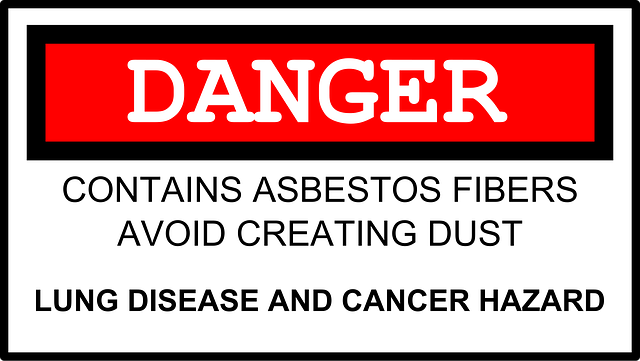Peoria's historical asbestos exposure from mid-20th century construction boom poses health risks for former residents and current occupants of older buildings. Common asbestos-related illnesses include mesothelioma and asbestosis, with elevated risk near former industrial sites. Awareness, education, strict safety protocols, and regular check-ups are crucial for prevention; innovative therapies offer improved survival rates for affected Peoria residents.
In Peoria, the legacy of asbestos exposure has left an indelible mark on the community’s health. This article delves into the historical perspective of asbestos in the city, exploring how past industrial activities have contributed to common asbestos-related diseases among residents. We examine specific health issues, offer insights into prevention and treatment options, and provide essential information for those affected by Peoria’s asbestos past. Understanding this history is crucial in navigating and addressing the long-term impacts of asbestos exposure.
- Asbestos Exposure in Peoria: Historical Perspective
- Common Asbestos-Related Diseases Affecting Residents
- Prevention and Treatment Options for Asbestos Illnesses
Asbestos Exposure in Peoria: Historical Perspective

Peoria, with its rich history, has also been susceptible to asbestos exposure over the years. Historically, the town’s industrial growth and construction boom put it on the map as a bustling center, but at a cost to public health. Asbestos was once widely used in various industries due to its exceptional strength and insulation properties, leading to its presence in many local buildings and infrastructure.
The use of asbestos in construction peaked during the mid-20th century, a period when Peoria experienced rapid development. Many older buildings in the city contain asbestos materials, including insulation, flooring, and roofing. This historical exposure has contributed to an elevated risk of asbestos-related diseases among former residents, workers, and those who live or work in older Peoria properties.
Common Asbestos-Related Diseases Affecting Residents

In Peoria, as with many areas historically prone to asbestos exposure, residents face a significant health risk due to asbestos-related diseases. The most common conditions include mesothelioma, a rare but aggressive cancer often linked to prolonged asbestos inhalation, and asbestosis, a chronic lung disease caused by scarring of the lungs from asbestos fibers. These diseases can develop over many years after initial exposure, making them a persistent concern for those who worked in industries where asbestos was prevalent, such as construction, shipbuilding, and manufacturing.
Peoria’s residents, particularly those living near former industrial sites or in older buildings with asbestos-containing materials (ACM), are at an elevated risk of developing these conditions. Early detection is crucial for effective treatment, emphasizing the need for awareness and regular medical check-ups for anyone showing symptoms like persistent coughing, chest pain, or shortness of breath. Recognizing the specific asbestos-related diseases afflicting Peoria’s population is a critical step in understanding and addressing this public health issue.
Prevention and Treatment Options for Asbestos Illnesses

In terms of prevention, awareness is key. Educating folks in Peoria about the dangers of asbestos exposure is crucial, especially in industries where it was once commonly used. Proper safety protocols and regulations must be strictly enforced to minimize risk. Regular check-ups for those previously exposed are essential for early detection of any asbestos-related diseases in Peoria.
Treatment options vary depending on the specific illness. Asbestosis, for instance, has no cure but symptoms can be managed with medication and oxygen therapy. Mesothelioma is a more aggressive cancer with limited treatment options, often involving chemotherapy and radiation. However, new research offers hope through innovative therapies and targeted treatments, improving survival rates for those diagnosed with Peoria asbestos-related illnesses.
In conclusion, understanding the historical asbestos exposure in Peoria is crucial for appreciating the prevalent asbestos-related diseases among residents. By recognizing common ailments like asbestosis and mesothelioma, we can better navigate prevention strategies and access treatment options tailored to these unique challenges faced by the community. Together, we can work towards a healthier future, free from the burden of Peoria asbestos-related illnesses.
